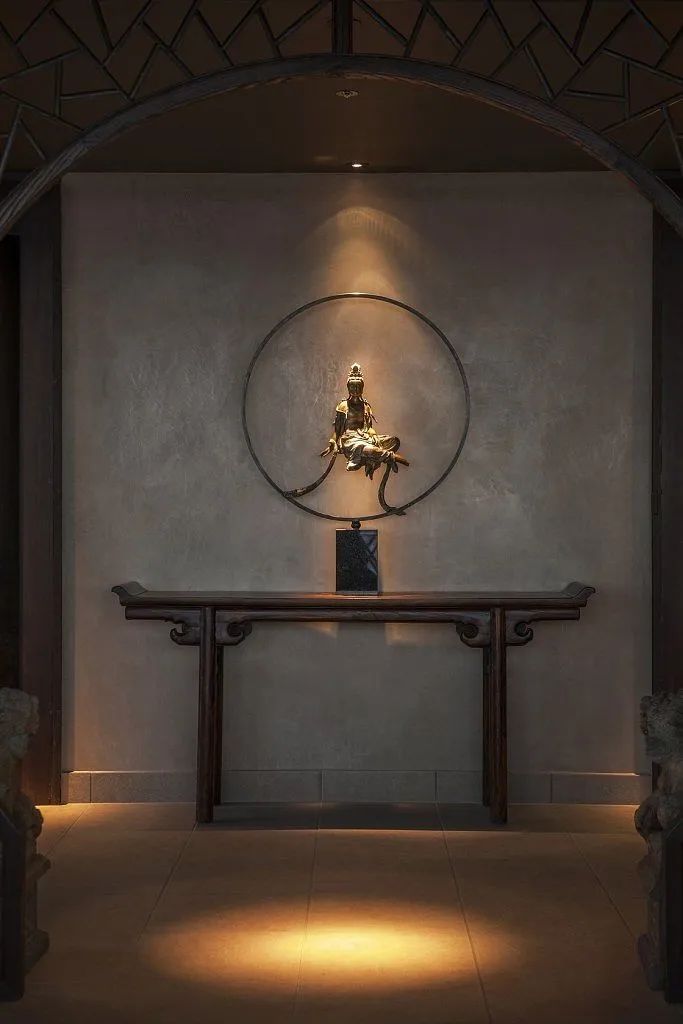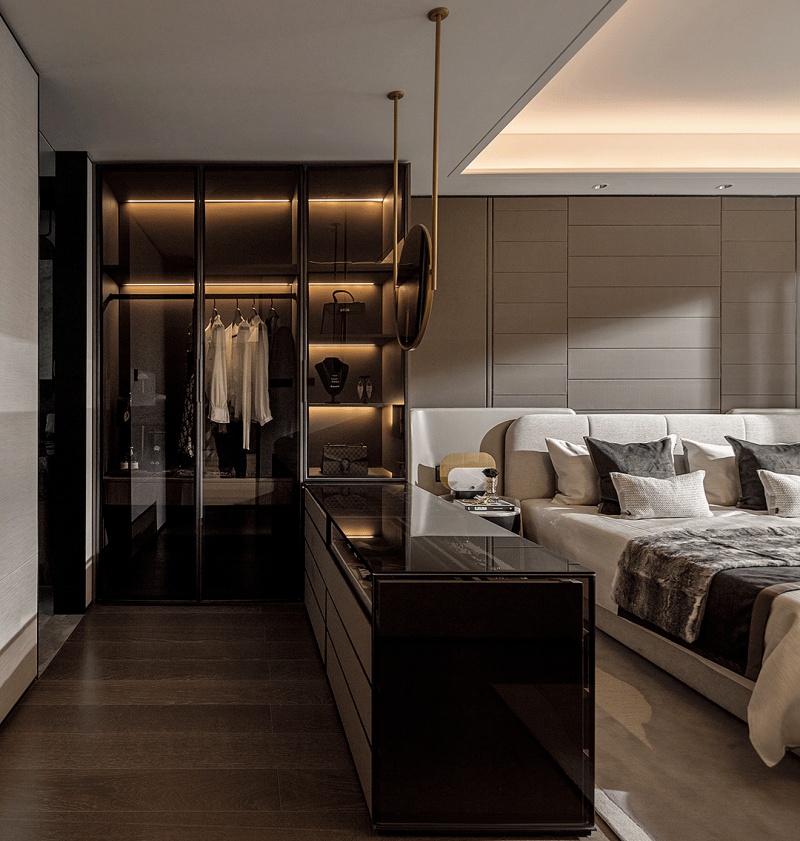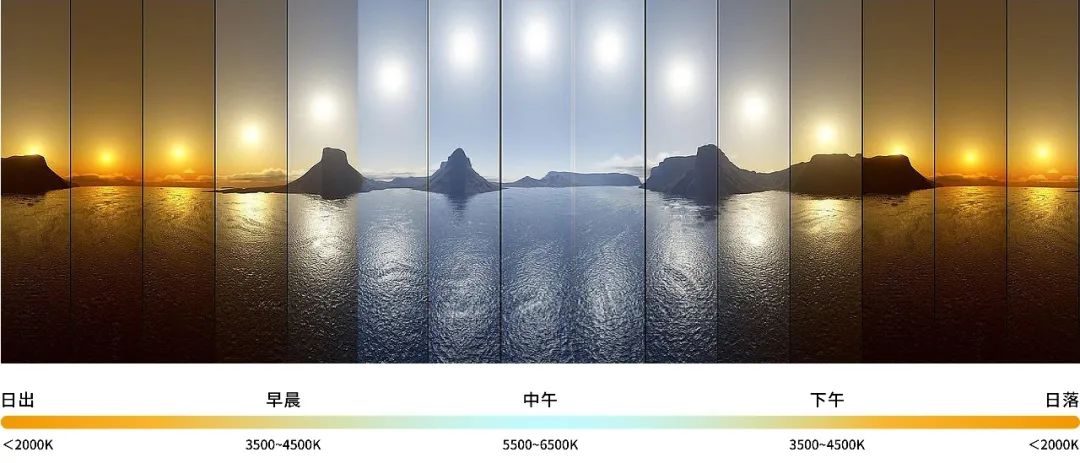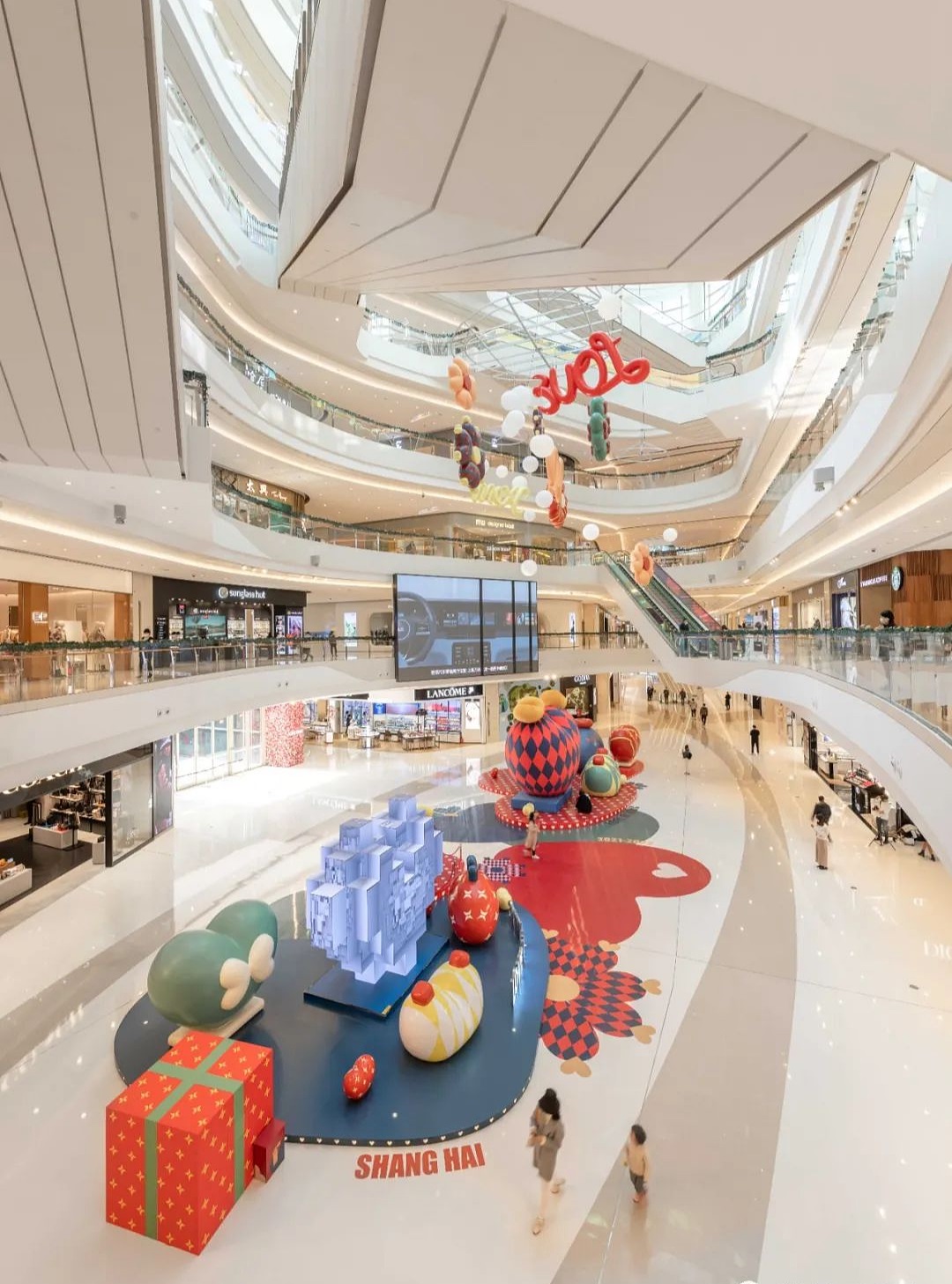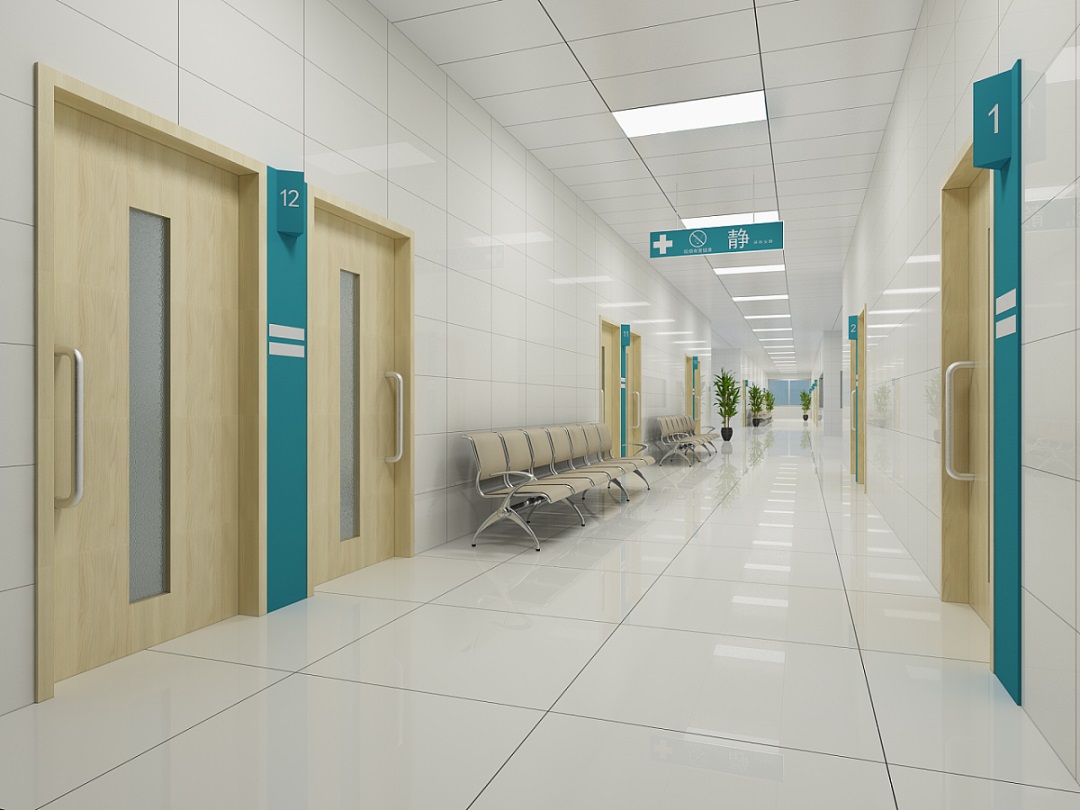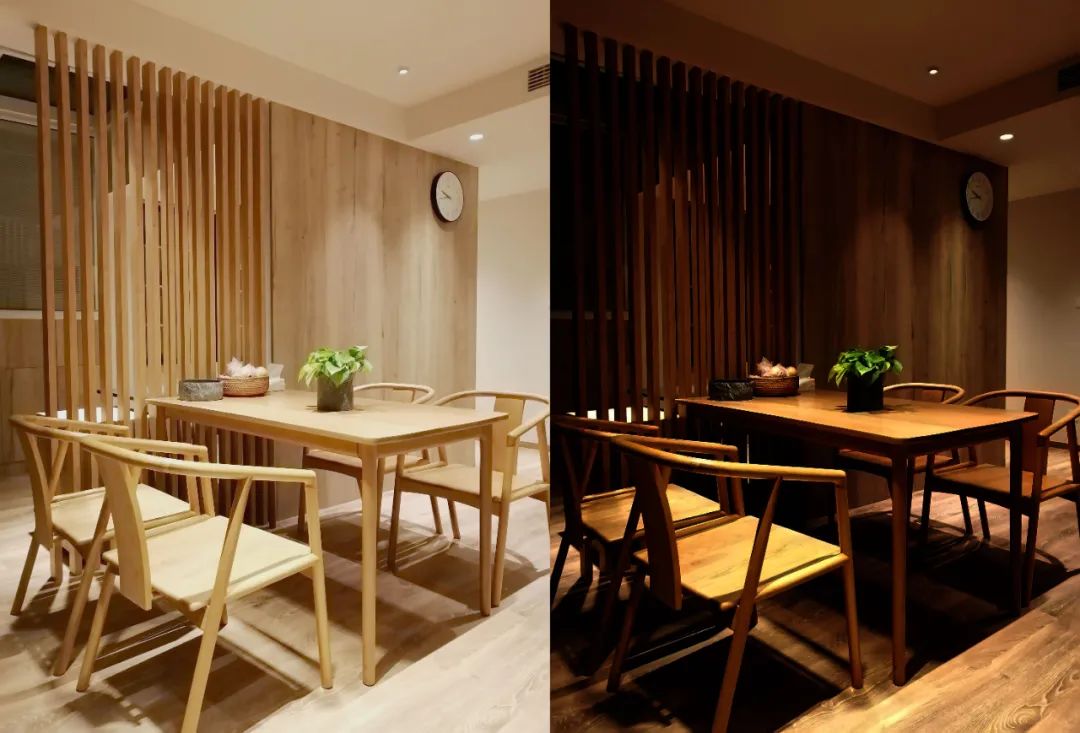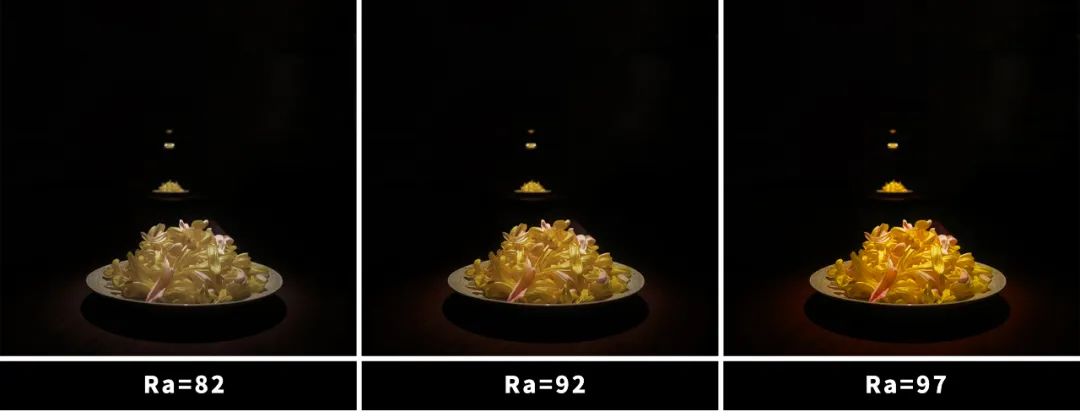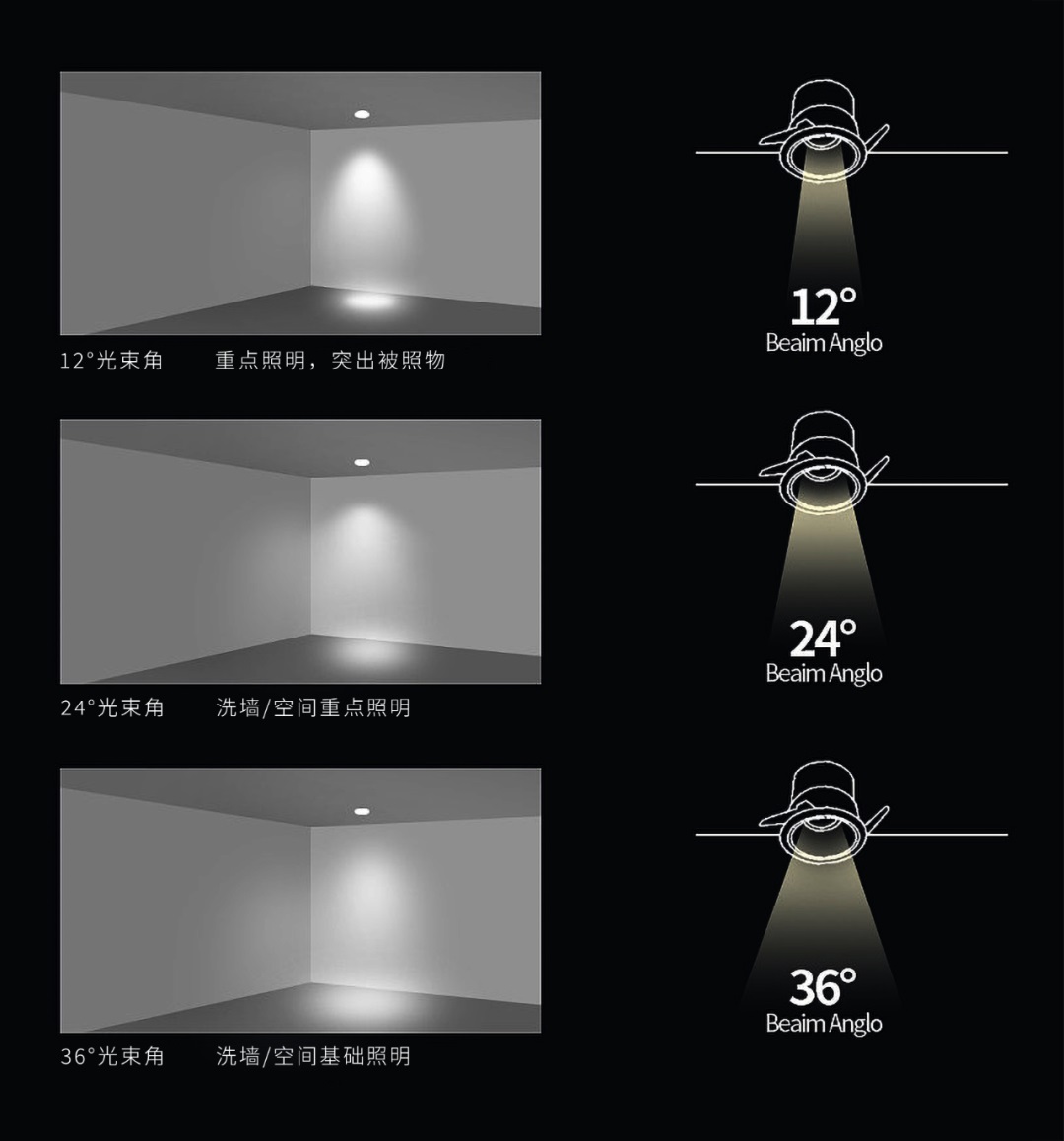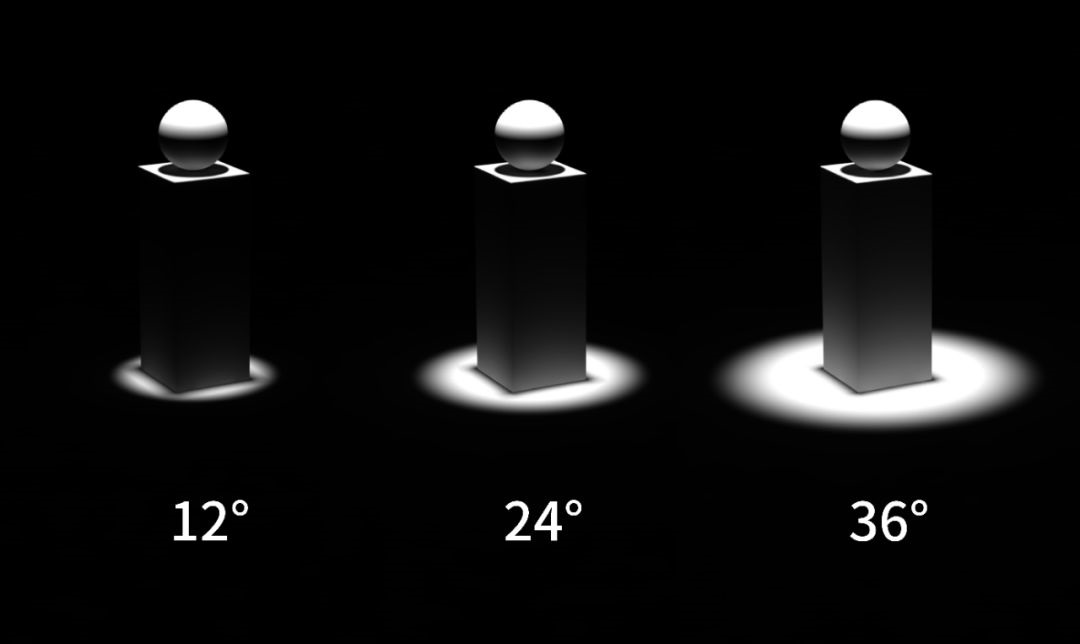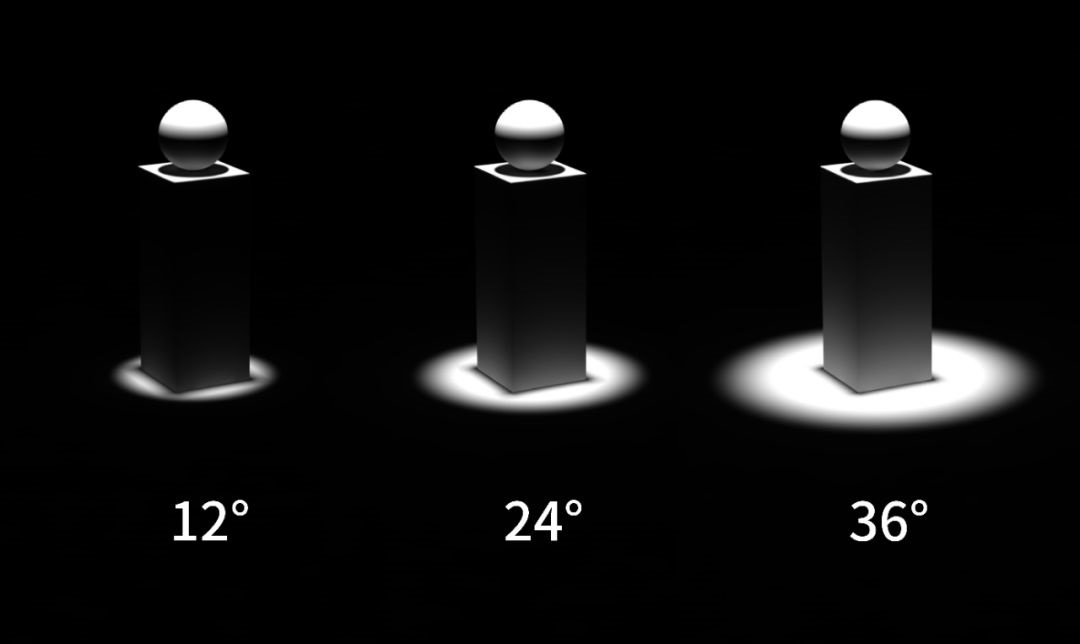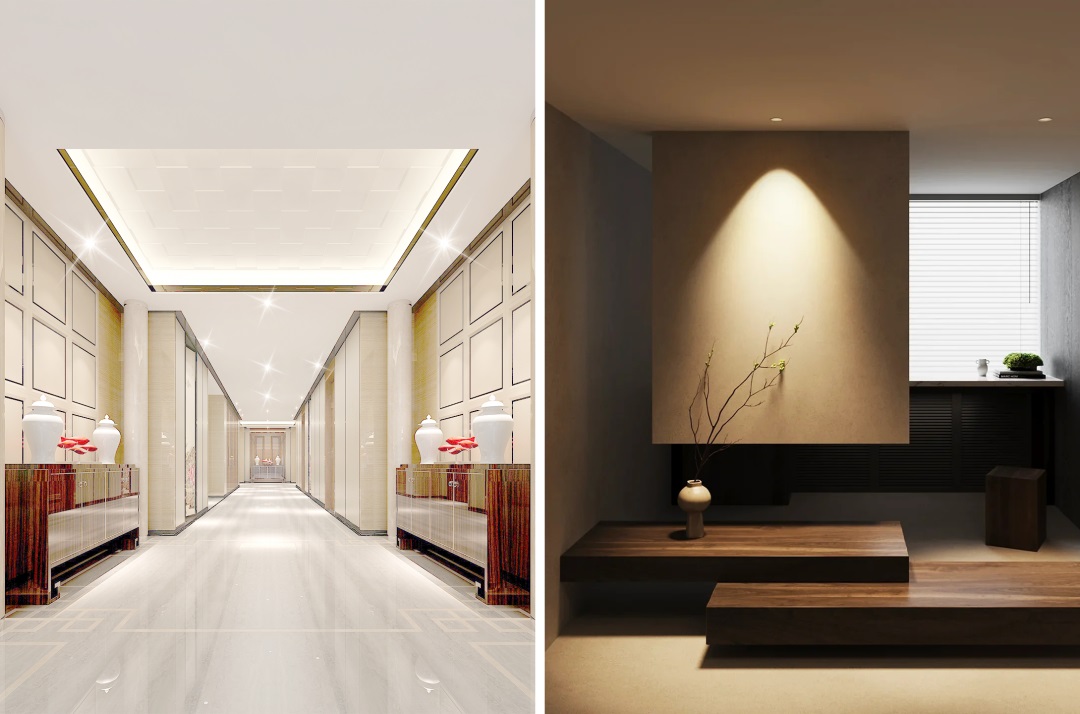Ki sa ki ekleraj?
Ekleraj se yon mezi pou eklere travay ak kote k ap viv oswa objè endividyèl lè l sèvi avèk divès sous limyè. Itilizasyon solèy ak limyè syèl la rele "ekleraj natirèl"; se itilizasyon sous limyè atifisyèl yo rele "ekleraj atifisyèl". Objektif prensipal ekleraj se kreye bon vizibilite ak yon anviwònman konfòtab ak bèl.
1. Aksan ekleraj
Ekleraj aksan se ekleraj direksyon ki itilize pou mete aksan sou yon objè patikilye oswa pou atire atansyon sou yon pati nan jaden an. Li souvan itilize pou mete aksan sou pati espesifik nan yon espas oswa mèb, tankou eleman achitekti, ankadreman, klozèt, koleksyon, objè dekoratif ak travay atizay, zafè mize, ak sou sa. Li se sitou itilize mete aksan sou ekspozisyon kle yo ak prezante imaj la konplè nan ekspozisyon yo. Konsantre ekleraj jeneralman chwazi pou sèvi ak projecteurs oswa gwo limyè efè lanp pou irradiation, pou diferan ekspozisyon atik ki gen valè pou chwazi diferan projecteurs, kèk reliques kiltirèl précieux ta dwe evite pou evite dirèk irradiation limyè ak iltravyolèt, envizib detèktè domaj.
2. Anbyen ekleraj
Bon jan kalite a nan anviwònman an gen yon relasyon dirèk ak fòm lan nan ekleraj ak ekleraj. Ekleraj anviwònman an refere a diferan espas ak metòd pèfòmans pou fè yon relatif anfòm sou efè sous limyè a, sous limyè a inifòm afekte tout objè yo nan sèn nan, li bay tout wòl dekoratif enstalasyon ekleraj ak ekspresyon atizay limyè. Sa a efè dekoratif se pa sèlman manifeste nan lanp yo ak antèn tèt li sou efè a anbelisman ak anbelisman, ak nan lanp yo ak antèn ak estrikti dekorasyon andedan kay la ak deyò ak koulè nan konbinezon an òganik nan konpozisyon ekleraj diferan ak distribisyon espasyal nan limyè, ak la. fòmasyon diferan efè atizay anviwònman limyè.
Ki kalite limyè pou itilize?
Ton koulè - tanperati koulè
Tanperati koulè se yon fason pou dekri koulè limyè a epi li eksprime nan Kelvin (K). Limyè ki gen yon tanperati koulè wo se ble ak limyè ki gen yon tanperati koulè ki ba se jòn. Nan konsepsyon ekleraj, chwa nan tanperati koulè ka enfliyanse santi a ak anbyans nan yon anviwònman satisfè bezwen espesifik ak emosyon. Tanperati koulè ki pi ba yo ede kreye yon atmosfè cho ak akeyan, pandan y ap tanperati koulè ki pi wo yo pi byen adapte pou espas ki mande pou limyè entans.
Tanperati koulè ki ba (anba 3000K)
Ekleraj Ton Cho: Sous limyè ak tanperati koulè ki ba anjeneral montre ton cho, menm jan ak solèy kouche natirèl oswa limyè chandèl. Kalite ekleraj sa a apwopriye pou kreye yon atmosfè cho, brikabrak e se poutèt sa yo souvan itilize nan anviwònman lakay yo tankou chanm, sal manje ak chanm k ap viv.
Kreye yon atmosfè ap detann: Limyè tanperati ki ba koulè ede detann kò a ak lespri, kidonk li se tou apwopriye pou kote tankou spa, salon masaj ak spa ankouraje yon sans de detant nan mitan envite.
Tanperati koulè wo (apeprè 4000K ak pi wo)
Cool Tone Lighting: Sous limyè tanperati ki wo koulè anjeneral prezante yon ton fre, menm jan ak limyè natirèl lajounen oswa limyè solèy la sou zèb. Kalite ekleraj sa a apwopriye pou anviwònman ki mande pou ogmante vijilans ak konsantrasyon, tankou biwo, lekòl ak enstalasyon medikal.
Amelyore klè vizyèl: Limyè tanperati ki wo koulè amelyore pèsepsyon detay ak koulè, kidonk li se souvan itilize nan kote ki gen yon wo degre de presizyon vizyèl obligatwa, tankou laboratwa, estidyo atizay ak chanm operasyon.
Ogmante vibrans: Limyè tanperati koulè segondè yo ka itilize tou nan kote komèsyal tankou magazen an detay ak koulwa egzibisyon pou ogmante apèl pwodwi yo ak sans vibrasyon nan mitan kliyan yo.
Klète - Flux lumineux ak ekleraj
Itilizasyon senaryo nan luminans ekleraj ta dwe pran an kont bezwen diferan anviwònman, ki gen ladan kalite aktivite, sekirite, anbyans ak efikasite enèji. Bon seleksyon ak konsepsyon sistèm ekleraj ka amelyore anpil eksperyans ak efikasite nan yon sèn bay.
Ekleraj lakay: Sèvi ak diferan tanperati koulè ak nivo klète nan chanm k ap viv, kwizin ak chanm yo kreye yon atmosfè cho, fonksyonèl oswa konfòtab.
Ekleraj Komèsyal: Nan magazen an detay, restoran ak kafe, sèvi ak ekleraj pou mete aksan sou machandiz oswa kreye yon atmosfè bèl.
Ekleraj deyò: Chwazi bon klète ak tanperati koulè pou amelyore sekirite ak estetik nan lari, lakou ak jaden.
Anviwònman biwo: Sèvi ak ekleraj distribye egalman nan biwo yo pou amelyore pwodiktivite anplwaye yo.
Enstalasyon medikal: Chwazi sous limyè net nan lopital ak klinik pou satisfè bezwen ijyèn yo.
1. koulè repwodiksyon-indexing Ra/R9
Endèks rann koulè (Ra) se yon mezi koulè a rann pa yon sous limyè sou yon objè kont koulè a rann pa objè a li menm. Endèks rann koulè se yon endikatè enpòtan nan bon jan kalite a nan sous limyè a. Pi gwo endèks la rann koulè nan sous la limyè, plis li ka montre koulè a vre nan objè a eklere, se sa ki, pi bon an repwodiksyon koulè. Pi ba endèks la rann koulè, koulè a nan objè a eklere pral defòme, sa vle di, pwodwi deformation koulè.
Espesyal koulè rann endèks R9 se satire wouj ki tankou koulè rann kapasite, paske dirije pwodwi jeneralman mank de eleman limyè wouj, endistri a jeneralman R9 kòm yon konpleman enpòtan nan endèks la rann koulè jeneral Ra, yo itilize pou dekri sous la limyè sou satire la. kapasite repwodiksyon koulè wouj. Itilizasyon ekleraj ak rann koulè segondè amelyore pèsepsyon nan espas, pandan y ap rann koulè ki ba afekte kapasite nan fè distenksyon ant objè ak byen wè anviwònman an ki antoure.
Li te jwenn ke endèks la rann koulè jeneral, Ra, pou rann koulè dirije te konsistan avèk evalyasyon an vizyèl. Dirije limyè blan ak yon pi ba endèks rann koulè jeneral Ra pa nesesèman gen pi pòv rann koulè vizyèlman, ak Kontrèman, dirije limyè blan ak yon Ra ki pi wo pa nesesèman gen pi bon rann koulè vizyèlman. Se poutèt sa, sèlman Ra ak R9 an menm tan an ak yon valè ki pi wo asire ke rann nan koulè segondè ki ap dirije.
2.Fòm nan objè - Ang gwo bout bwa
An tèm pwofàn, ang gwo bout bwa a refere a sous limyè a oswa ang a nan gwo bout bwa limyè ki emèt pa luminaire a, se sa ki, gwo bout bwa a nan yon sèten limit ranje entansite ki te fòme pa ang lan. Anjeneral, ang lan gwo bout bwa sou sifas la eklere se plis entwitif reflete nan plas la ak lumières. Nan ka a nan lòt kondisyon yo se menm bagay la, pi gwo ang lan gwo bout bwa, pi piti a entansite limyè sant la, pi gwo plas la, pi piti ekleraj la, ak vis vèrsa, tout opoze a.
Nan konsepsyon ekleraj aktyèl la, diferan ang gwo bout bwa nan lanp lan gen yon itilizasyon diferan, pa ka tou senpleman di ke ang lan gwo bout bwa nan gwo oswa piti se pi bon. Pou egzanp, lè nou vle konsantre sou yon objè sib, ak sib la se byen lwen lanp yo, ou ka chwazi yon ti lanp ang gwo bout bwa. Men, si yo itilize pou anviwònman ekleraj jeneral nan ekleraj debaz la, ou ka chwazi tou yon gwo lanp ang gwo bout bwa ak antèn, yo nan lòd yo fè espas ki la yo ka resevwa yon limyè plis inifòm.
3. Konfò nan espas - Ekla soti nan Luminaires
Ekla se limyè klere ki entèfere ak vizyon epi swa pwodui malèz oswa depase sistèm vizyèl la. Twòp klète nan jaden an rezilta nan anmèdan, alèz oswa menm pèt nan fonksyon vizyèl. Ekla se youn nan pi gwo kòz fatig vizyèl.
Twa kalite ekla
1. Refleksyon refleksyon: refleksyon ki soti nan yon sifas ki reflete oswa semi-refle nan objè ake yo te obsève vin twoub.
2. Dirèk ekla: refere a obsèvatè a dirèkteman wè sous la limyè oswa yon refleksyon fò nan sous la limyè.
3. Enkapasite ekla: ki te koze pa gade dirèkteman nan yon sous limyè siyifikativman pi klere pase jaden an ki antoure de vi.
Tretman anti-ekla
1. Ogmante ang la lonbraj: tankou may siwo myèl, limyè-bloke ankadreman, tout koulè, lanp ak antèn gwo twou san fon kache.
2. Endirèk ekleraj / refleksyon difize: Ajiste ang iradyasyon an, ogmante fèy mou ak lòt mezi.
3. Amelyore inifòmite nan ekleraj espas, redwi rapò a illuminance.
Tan pòs: Feb-22-2024


